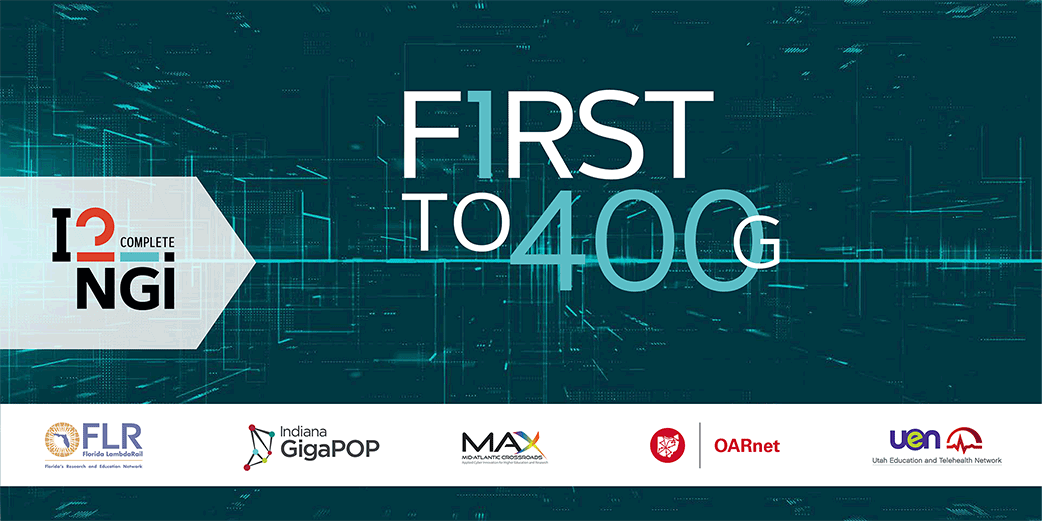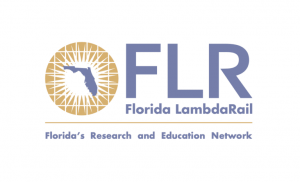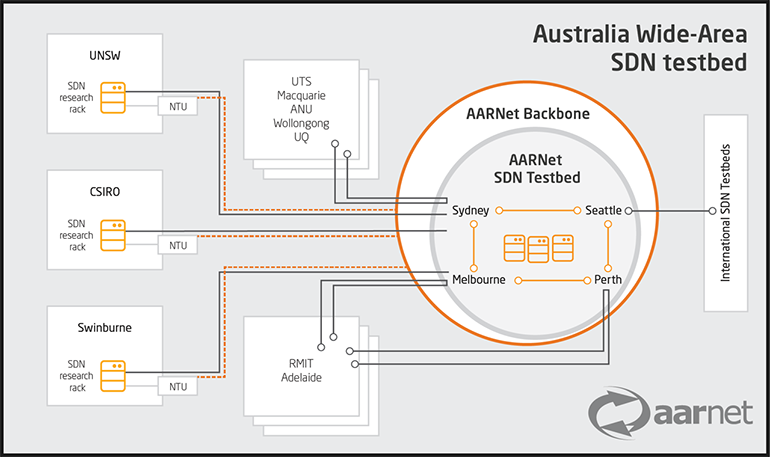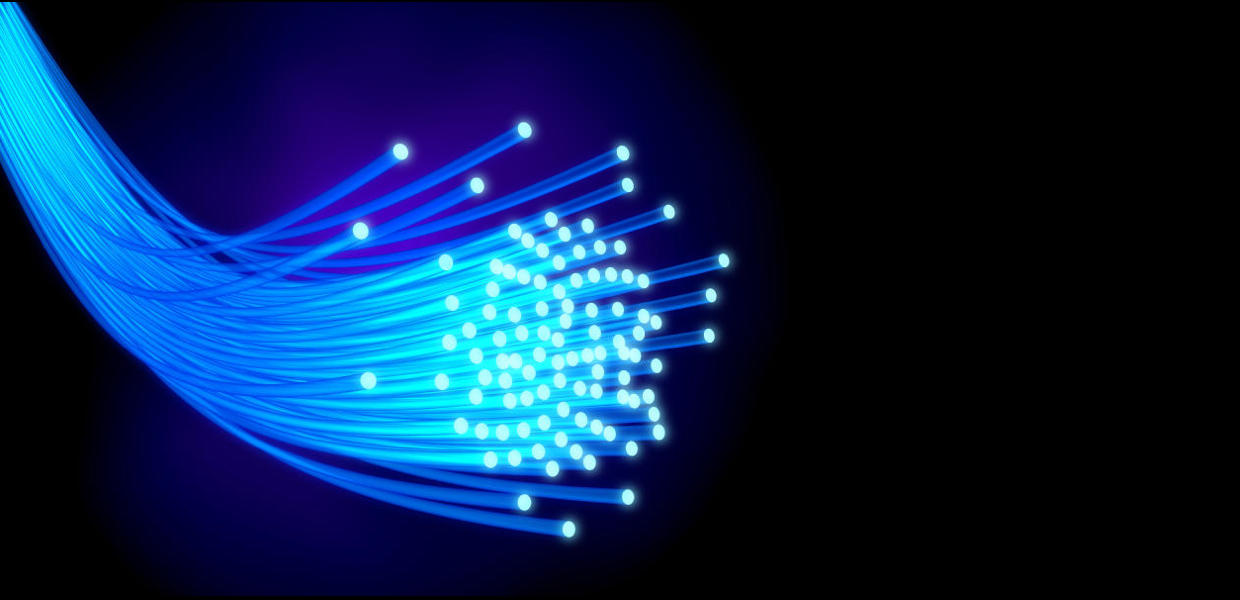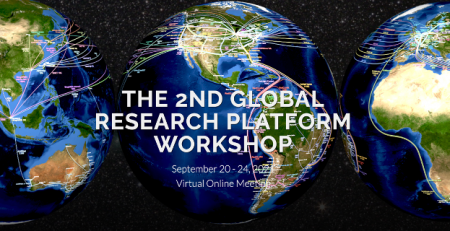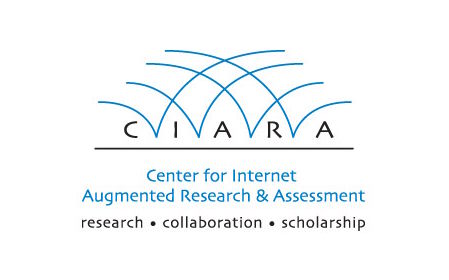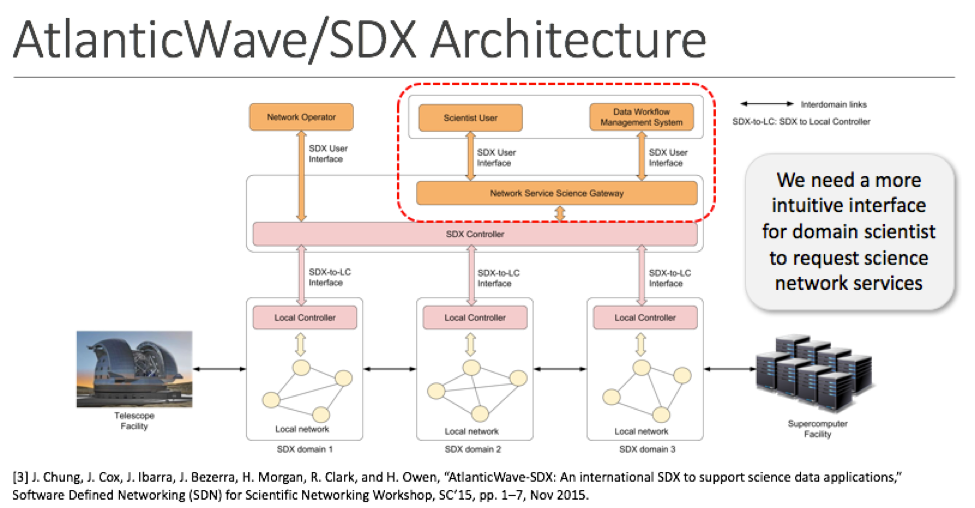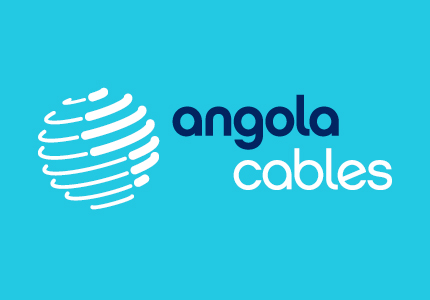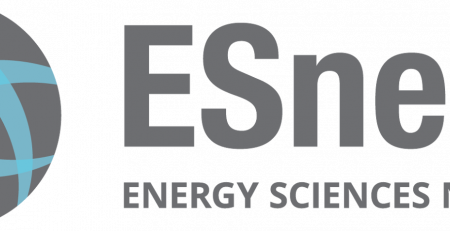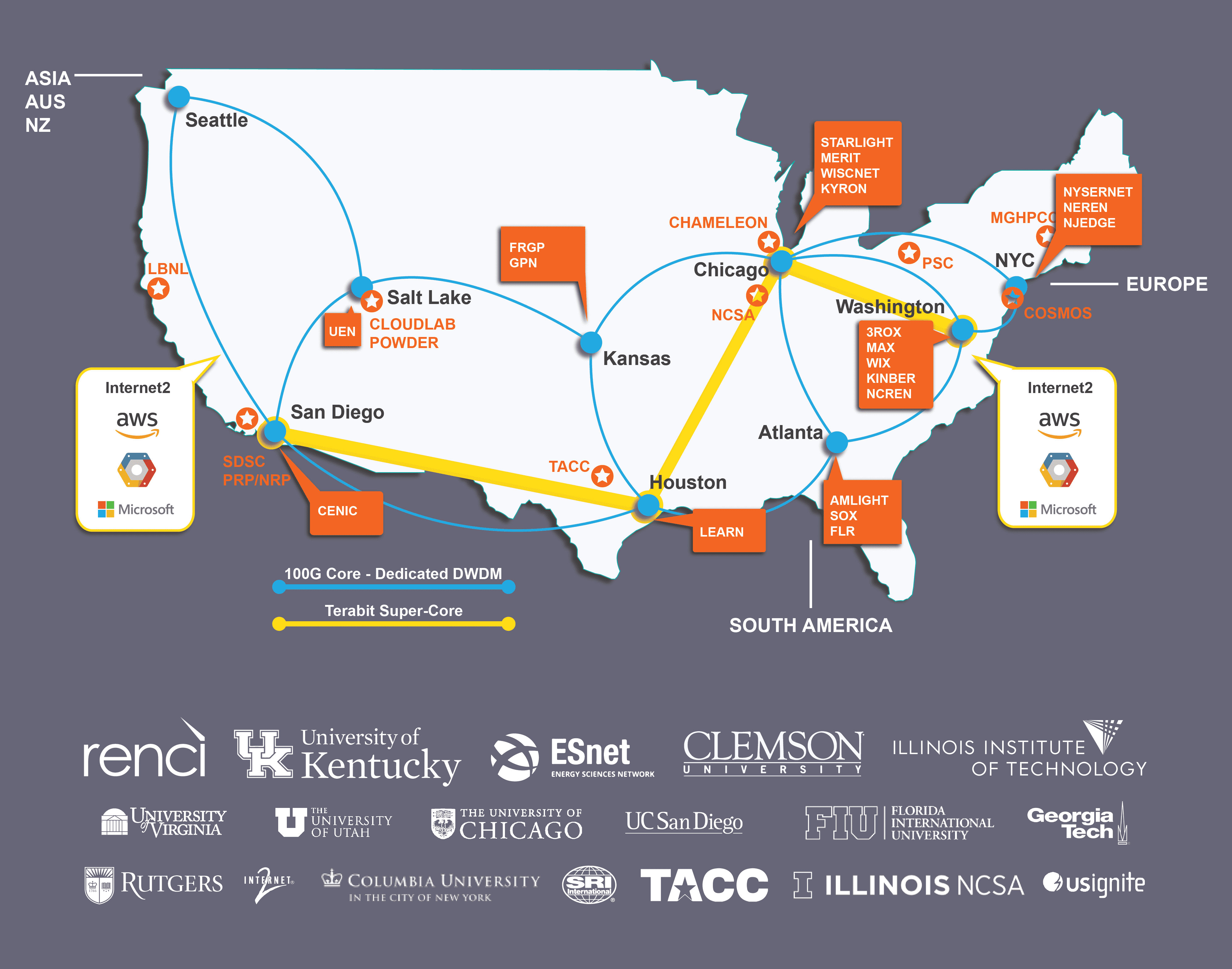Q&A with Robert Grillo: FLR Among the ‘First to 400G’ on Internet2’s Network
By Amber Rasche, Internet2 Senior Communications Specialist
The original article was published here.
Internet2 recently unveiled its fifth-generation backbone, known as the Next Generation Infrastructure (NGI). NGI interconnects with 37 state and regional networks and serves every state in the U.S. Among these 37 are the first five to upgrade to 400 gigabits per second connectivity: Florida LambdaRail, Indiana GigaPOP, Mid-Atlantic Crossroads, Ohio Academic Resources Network, and Utah Education and Telehealth Network. In this “First to 400G” blog series, we spotlight each of these networks and how NGI’s new capabilities and capacity meet the needs of the broader research and education communities.
Robert Grillo is the vice president and CIO for the Division of Information Technology at Florida International University, and he also serves as the chair of the Board of Directors for Florida LambdaRail (FLR) – Florida’s statewide research and education network. In this Q&A, Robert discusses FLR’s mission in support of the state’s higher education institutions and their partners, the opportunities and challenges driving FLR constituents’ connectivity needs, and what’s next on the horizon.

Tell us more about Florida LambdaRail (FLR). What is your organization’s mission? What is the scope of the communities and institutions you serve – in other words, who depends on your infrastructure and how do they use it?
Robert Grillo: FLR serves the entire state of Florida with our nearly 1,600 miles of backbone fiber. Our administrative offices are in Tallahassee, and our network operations center is in Gainesville at the University of Florida. We are an independent regional optical network (RON) owned and operated on behalf of our partner institutions and affiliates. FLR is owned by its 12 equity-owning partner universities; nine of which are public and three are private. We also provide services to 60 affiliate organizations representing a range of public-serving organizations, including public and private colleges and universities, state colleges, research institutions, health care systems, and hospitals, as well as select local and state government entities.
Our mission is to provide a highly reliable, cost-effective, ultra-high-speed, interconnected, and secure broadband service delivery network that enables Florida’s higher education institutions and their partners to collaborate, connect, and utilize and develop new innovative broadband applications and services in support of their academic, scientific research, education, and 21st century economy initiatives.
FLR has been an Internet2 member since 2007. From your perspective, how has being part of the community supported your mission and constituents?
Robert Grillo: The administrative requirements of our university partners, coupled with the data needs of scientists and researchers, have increased the need for special-purpose, end-to-end networks such as FLR. Our partnership with Internet2 effectively extends our network to the entire world as it supports the bandwidth and performance-intensive applications, experiments, and data transfers that are necessary for research-intensive science and high-performance computing (HPC). In short, being an Internet2 member has enabled FLR to broaden the reach of our network and the services we provide to best meet the needs of our members and affiliates.
What was your network capacity prior to the recent upgrade, and how did you know it was the right time to upgrade to 400G?
Robert Grillo: We knew it was time to plan for and fund the next generation network in 2015 – virtually the same time we upgraded to 100G. Since that time, network monitoring and utilization reports have indicated that blended traffic – statewide, regional, national, and international – has been peaking at 350G. Layer 2/3 traffic has been peaking at 60-75G on a recurring basis. The utilization trends were and are unmistakable. Looking ahead, in planning our jump to 400G, we have built in the ability to easily expand to 800G in the future.
Recent infrastructure and network services initiatives by other RONs, Internet2, the State of Florida, and other third-party hardware, software, services, and telecommunication companies provide for a unique opportunity – through collaborative partnerships and alliances – to help grow and enhance the research and education mission and vision of all parties.
Tell us about some of the current opportunities and challenges driving your constituents’ connectivity needs, including capacity and other capabilities. Specifically, what are some of the research and education drivers for additional capacity?
Robert Grillo: FLR’s partner and affiliate organizations are focused on education, research, and economic development. Each element is important in its own way, with each presenting its own unique data and security challenges. The main drivers of expanding bandwidth utilization are student/user data and financial services on the administrative side and – no surprise to anyone – scientific data (gathering it, storing it, securing it, processing it, and moving it) on the research side.
One of our main functions at FLR is to support the research initiatives of our partners and affiliates, and a key way we do that is to bring together geographically distributed organizations and resources in such a way that their collective impact is far greater than the sum of their individual parts. An example of this is the Sunshine State Education and Research Computing Alliance (SSERCA), a coalition of universities utilizing and committed to maximizing the use of HPC in Florida. SSERCA was brought under the FLR umbrella so that we can provide the necessary support and resources to enhance those HPC resources.
On the east and west coasts of Florida, FLR’s network topology (2x100G diverse waves) directly enables and supports the National Science Foundation-funded International Research Network Connections (IRNC), as well as the AtlanticWave connectivity in Florida.
The IRNC-supported AMPATH, which is housed at FLR member Florida International University, serves as the premier interconnection point for network-enabled U.S.- Latin America and Caribbean science research and education through its exchange point facilities in Miami. Research traffic going to or coming from Central or South America is most likely going through FLR.
In partnership with Internet2, the AtlanticWave extends along the East Coast of the United States with global connectivity to Europe, as well as connectivity from the Vera C. Rubin Observatory, formerly known as the Large Synoptic Survey Telescope (LSST), in Chile to the National Center for Supercomputing Applications (NCSA) and Global Research Platform in Chicago.
What’s next on the horizon for FLR? What current or upcoming initiatives are you most excited about?
Robert Grillo: The work of preparing for and implementing our 400G upgrade now allows us to shift our focus to initiatives that take advantage of our growth. Our backbone expansion and Internet2 partnership provide exceptional capacity to last well into the foreseeable future, as well as router redundancy, reduced backhauls, and dramatically reduced space and power demands. We are also going to see increased peering capacity and better insulation for members from fiber cuts in backhaul scenarios.
We’re excited about how our 400G expansion and Internet2 partnership will enable the growth of and additional connectivity to our Atlantic Research Platform (ARP). The ARP serves as the platform to extend and interconnect our members’ research, HPC, and instructional technology environments to the national and global research and education networking fabric. The ARP provides an FLR Regional Science DMZ as a service and was established utilizing internal funding from our member institutions to support and enable research initiatives via high-speed networking. Of great significance, if a campus has a science DMZ and is also an Internet2 member, the FLR Regional Science DMZ already peers with that campus, ESnet, and NCSA.
Is there anything else you’d like to share with the research and education community about FLR?
Robert Grillo: FLR has always strived to provide our members and affiliates with excellent tools and service. We do this despite having received no direct state funding to build out the network or for operational support. Our financial support comes from our partner members – a consortium of 12 public and private universities who provided the seed funding to build the network – and from our affiliates who purchase services from us. Relying on our users to fund our efforts has resulted in a network culture that is exceptionally responsive to member needs while affording us the operational independence to focus on meeting future needs.
No one is required to be a member of FLR – they choose to be. We understand and respect the unique responsibility that comes with that relationship.

